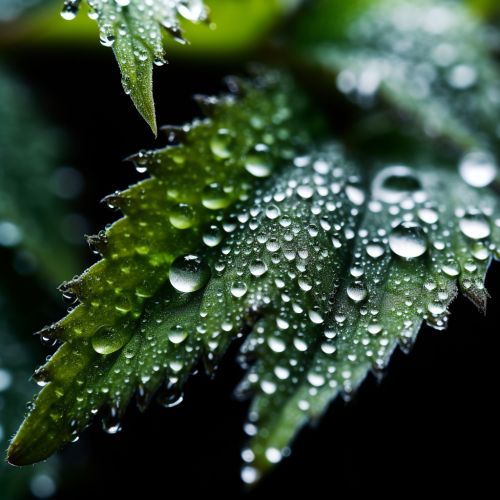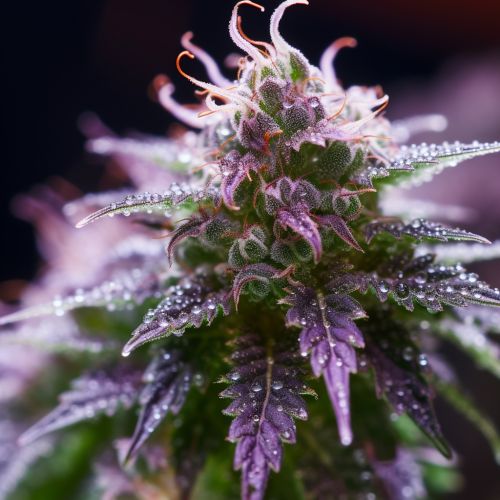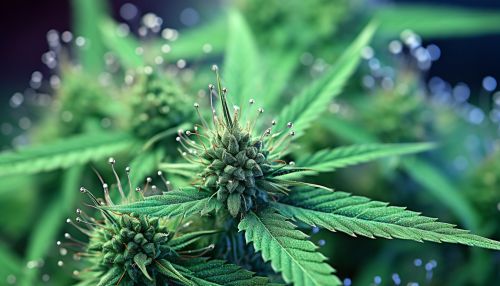Trichomes
Introduction
Trichomes are specialized epidermal cells that serve various functions in different plants. They are microscopic, hair-like structures found on the surface of leaves, stems, and other plant organs. Trichomes can be unicellular or multicellular and can be glandular (secreting substances) or non-glandular. Their structure, density, and distribution vary widely among different plant species and can be used as an important diagnostic feature in plant taxonomy.


Types of Trichomes
There are several types of trichomes, each with their unique structure and function. These include:
Glandular Trichomes
Glandular trichomes are specialized for the secretion of various substances. These can include essential oils, resins, mucilage, and other secondary metabolites. They play a crucial role in the plant's defense mechanism against herbivores and insects by producing substances that are toxic or deterrent to these organisms. Glandular trichomes are common in many plant families, including mint family and nightshade family.
Non-Glandular Trichomes
Non-glandular trichomes do not secrete any substances. They can be unicellular or multicellular and are often longer than glandular trichomes. Non-glandular trichomes can serve various functions, including protection against herbivory by acting as physical barriers, reducing water loss by decreasing the surface area exposed to air, and reflecting sunlight to reduce leaf temperature.
Stinging Trichomes
Stinging trichomes are a type of glandular trichome found in plants like stinging nettle. They are filled with irritant compounds that are released when the trichome is broken, causing a painful sting.
Functions of Trichomes
Trichomes serve several functions in plants, including:
Defense Against Herbivory
Trichomes can deter herbivores in several ways. The physical presence of trichomes can make the plant less palatable or more difficult to consume. Glandular trichomes can secrete substances that are toxic or deterrent to herbivores.
Protection Against Abiotic Stress
Trichomes can protect plants against various abiotic stresses. They can reflect sunlight, reducing leaf temperature and preventing photodamage. Trichomes can also reduce water loss by creating a boundary layer of still air above the leaf surface, slowing the movement of water vapor away from the leaf.
Secretion of Metabolites
Glandular trichomes are often involved in the secretion of secondary metabolites, which can serve various functions. These can include defensive compounds, signaling molecules, and components of the plant's aroma.
Trichomes in Plant Taxonomy
The structure, density, and distribution of trichomes can be used as diagnostic features in plant taxonomy. Different plant species or groups can have characteristic trichome types or patterns. For example, the presence of glandular trichomes is a characteristic feature of the mint family (Lamiaceae).
Trichomes in Cannabis Cultivation
In cannabis cultivation, trichomes are of particular interest because they produce the cannabinoids, terpenes, and flavonoids that give cannabis its medicinal and psychoactive properties. The density and health of trichomes on cannabis flowers are often used as indicators of crop quality.


